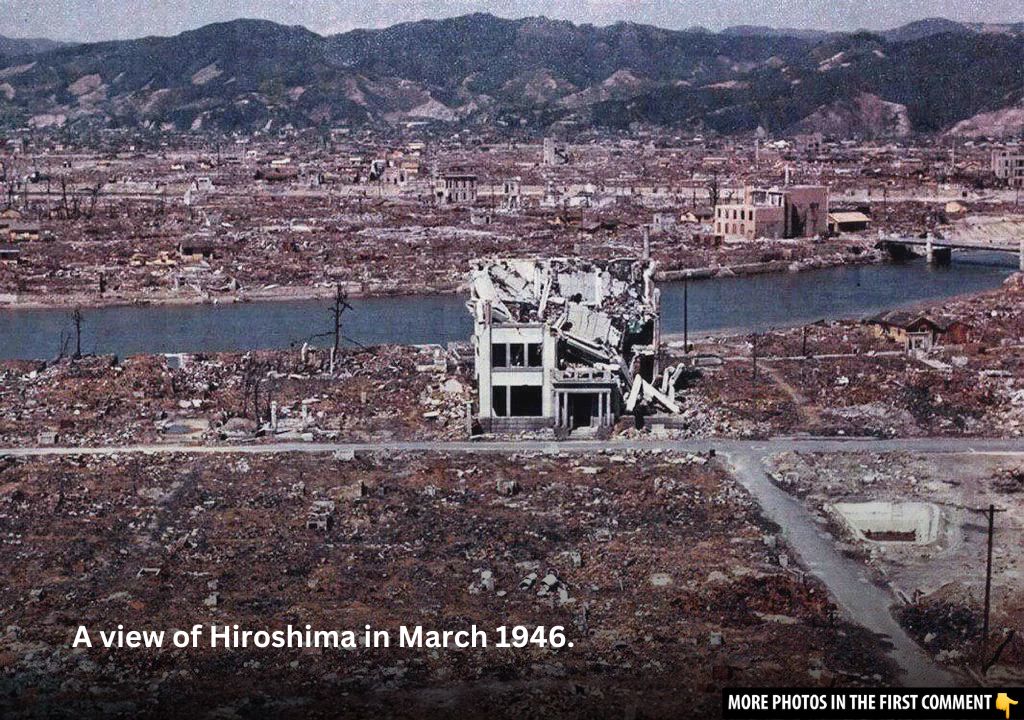On September 2, 1945, the world witnessed one of the most defining moments in history—the formal surrender of Japan, marking the end of World War II. The surrender came after years of intense global conflict, and the events of that day not only altered the fate of the Japanese Empire but also reshaped the international order. This surrender ceremony, held aboard the USS Missouri in Tokyo Bay, is one of the most iconic moments in the history of warfare. For many, it symbolizes the triumph of peace over war. Today, we look back at this pivotal moment through the lens of rare historical photographs that captured the atmosphere of the day, revealing the complex emotions, the leaders involved, and the world-changing significance of the surrender.
Background to Japan’s Surrender
Before the historic signing, Japan’s road to surrender had been paved with desperation and devastation. Early attempts to negotiate peace had been unsuccessful, largely due to Japan’s insistence on maintaining certain conditions, including the preservation of the emperor’s status. In the months leading up to the surrender, the war had taken a devastating toll on Japan, especially following the atomic bombings of Hiroshima and Nagasaki in August 1945. These bombings, along with the Soviet Union’s declaration of war and subsequent invasion of Japanese-occupied Manchuria, left the Japanese leadership with little choice but to surrender unconditionally.

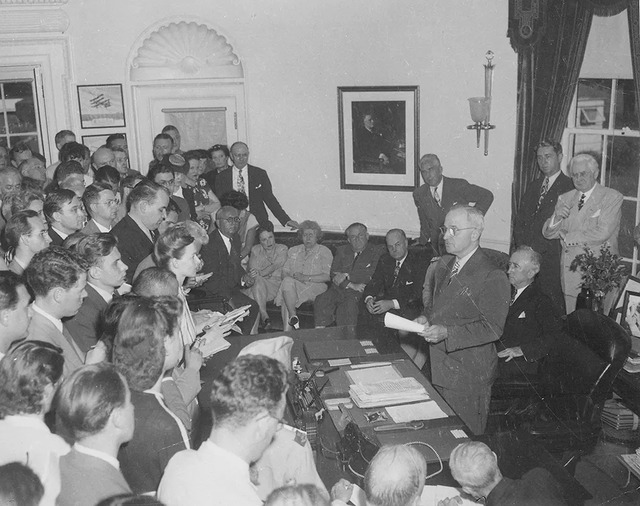
On August 15, 1945, Emperor Hirohito made the historic decision to announce Japan’s intention to surrender in a radio broadcast, urging the Japanese people to accept the reality of the situation. His speech emphasized the overwhelming force of the “new and most cruel bomb,” which played a significant role in convincing Japan’s leadership to end the war.
Video
Watch this video to learn about the bombing of Hiroshima and its impact, as presented by the BBC.
The Official Signing of the Japanese Surrender
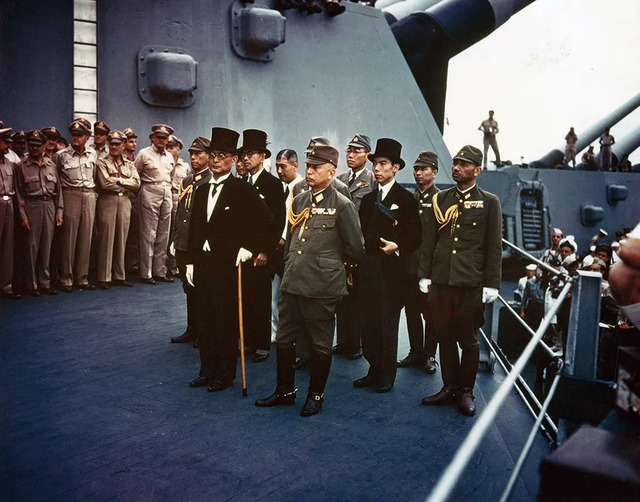
On September 2, 1945, at 9:00 AM Tokyo time, the official surrender ceremony took place aboard the USS Missouri, an American battleship anchored in Tokyo Bay. The signing of the Instrument of Surrender formalized Japan’s unconditional capitulation to the Allied forces, putting an end to nearly six years of brutal conflict.
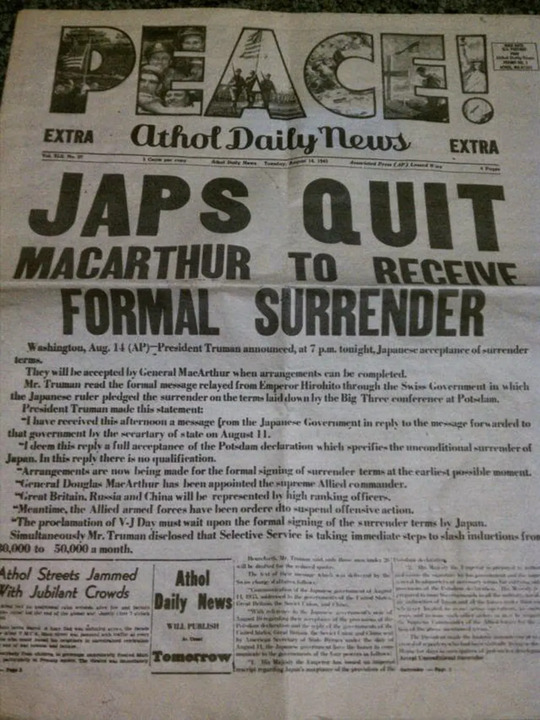
The ceremony was attended by key military and political leaders from the Allied powers, including General Douglas MacArthur, the Supreme Commander for the Allied Powers, and several representatives from the Japanese government and military. The surrender document was signed in the presence of dignitaries from the United States, the United Kingdom, China, the Soviet Union, and other nations that had been involved in the fight against Japan.
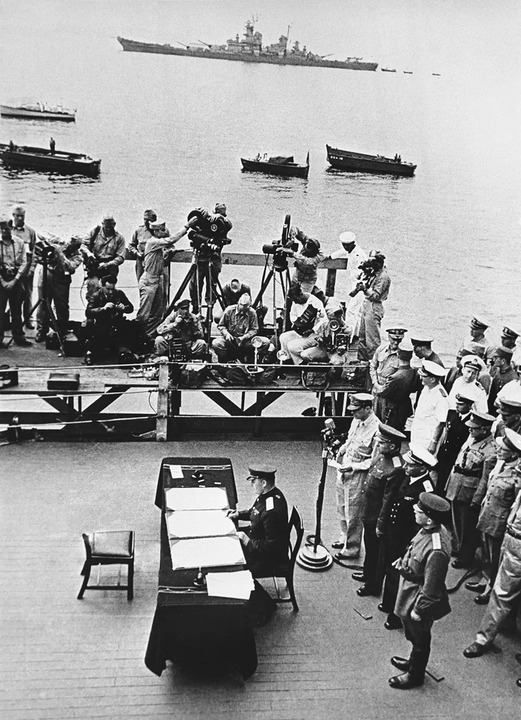
The Key Figures of the Ceremony
General Douglas MacArthur played a central role in the surrender ceremony. As the Supreme Commander for the Allied Powers, MacArthur was the architect of Japan’s post-war reconstruction and its eventual reintegration into the global community. His calm and authoritative presence during the ceremony embodied the strength and resolve of the Allied forces, marking the end of the Japanese Empire’s ambitions.
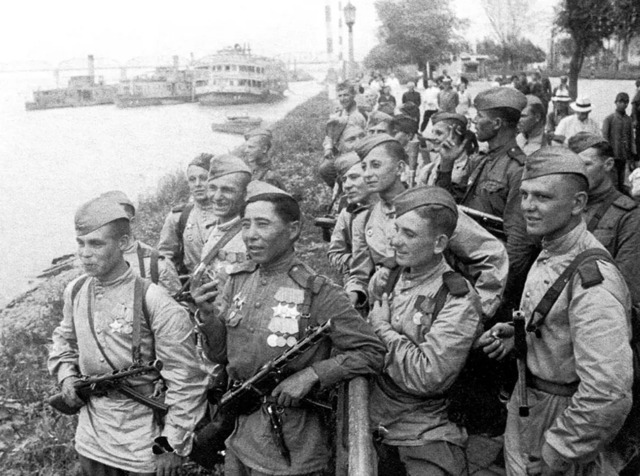
Mamoru Shigemitsu, Japan’s foreign minister, signed the surrender document on behalf of the Japanese government, while General Yoshijiro Umezu, the Chief of the Imperial General Staff, signed on behalf of the Japanese military. The inclusion of these two key figures was significant as it underscored Japan’s full commitment to the unconditional surrender of both its government and military forces.
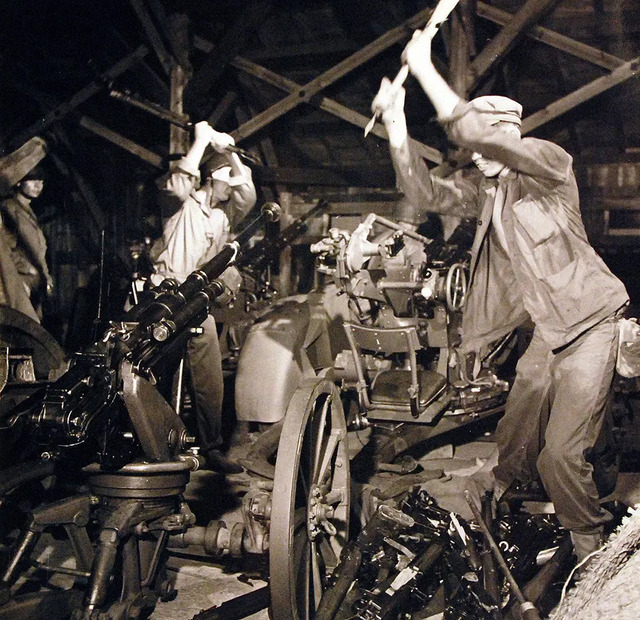
Other notable signatories included Fleet Admiral Chester W. Nimitz, representing the United States, and representatives from the United Kingdom, China, and the Soviet Union. These men, alongside the Japanese officials, helped to seal the fate of the war, each in their own way contributing to the historic end of hostilities.
The Role of the Allies in the Surrender
The surrender ceremony aboard the Missouri was not just a formal act; it was a symbol of the cooperation and unity of the Allied powers. Each nation had its own motivations for pursuing Japan’s surrender, but the shared goal was the creation of a stable, peaceful post-war world order.
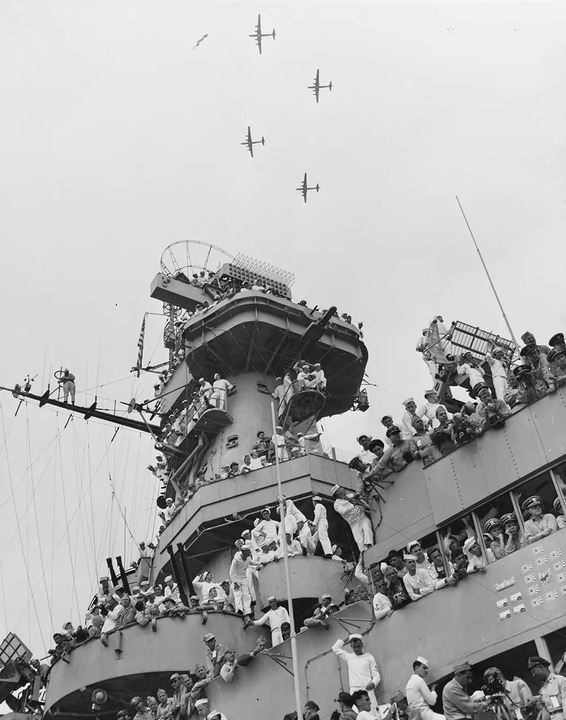
Fleet Admiral Chester W. Nimitz, the U.S. Navy’s top officer, was a key figure in the Allied delegation, and his role in the ceremony reflected America’s primary responsibility in the defeat of Japan. The UK, China, and the Soviet Union also had significant representation, showcasing the global scope of the Allied victory. The signing of the surrender document was not just a ceremonial act but a testament to the strength and determination of the global coalition that had fought to defeat Japan.
Behind the Scenes of the Surrender Ceremony
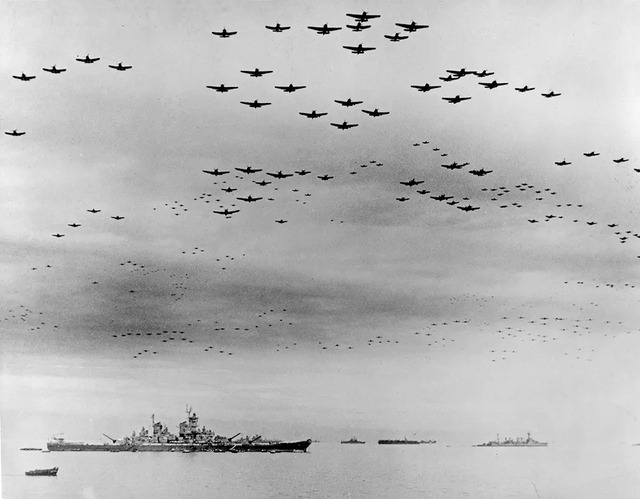
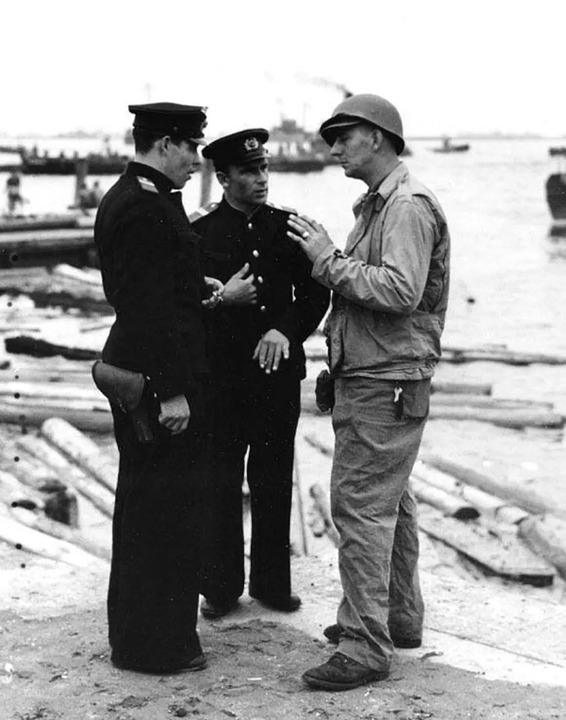
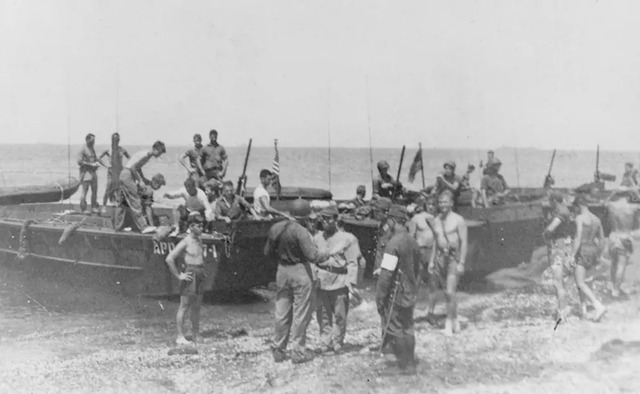
The surrender ceremony was meticulously planned and executed to ensure that it conveyed the gravity of the occasion. The seating arrangement was symbolic, with the signatories sitting before a simple mess deck table covered with green felt. This humble setup, starkly different from the grandeur of the event, underscored the solemnity and significance of the moment. The signing took place in front of an audience of military officers, diplomats, and press representatives, capturing the historic nature of the occasion for the world to witness.
The images from the event, preserved through photographs, show a moment of quiet dignity in the face of Japan’s defeat. The dignitaries, while solemn, embodied the hopes for peace and rebuilding that would follow the formal end of the war.
The Aftermath of the Surrender
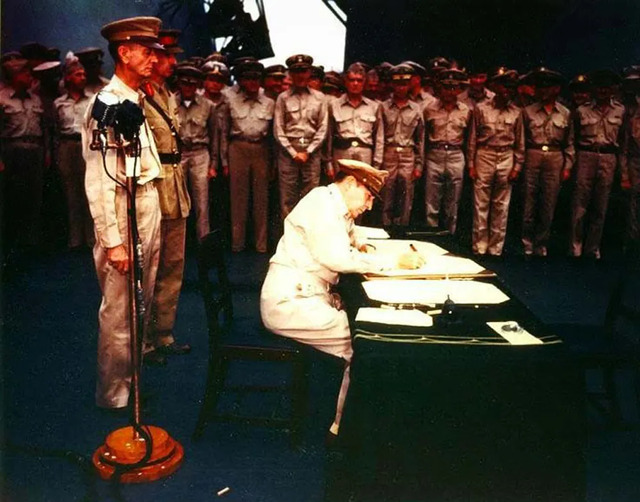
V-J Day (Victory over Japan Day) was celebrated across the world as the end of World War II, but the surrender marked the beginning of a long process of reconstruction for Japan. The Japanese people, devastated by years of war, had mixed emotions about the surrender. For many, the Emperor’s announcement was a moment of sorrow and uncertainty, but it also marked the end of the suffering caused by the war.
The Japanese surrender also led to immediate changes in the global political landscape. In the wake of the surrender, the Allied forces began the process of occupation, disarmament, and the establishment of a new government structure. The Treaty of San Francisco, signed in 1951, officially ended the state of war between Japan and the Allies and set the stage for Japan’s post-war recovery.
Gallery: Iconic Photographs from the Surrender Ceremony
The historic photographs taken during the Japanese surrender ceremony are some of the most iconic images of the 20th century. They capture the final moments of World War II, immortalizing the key figures of the ceremony, the solemn atmosphere, and the transformative moment in history. These images provide a powerful visual record of the end of one of the most destructive conflicts the world has ever known.
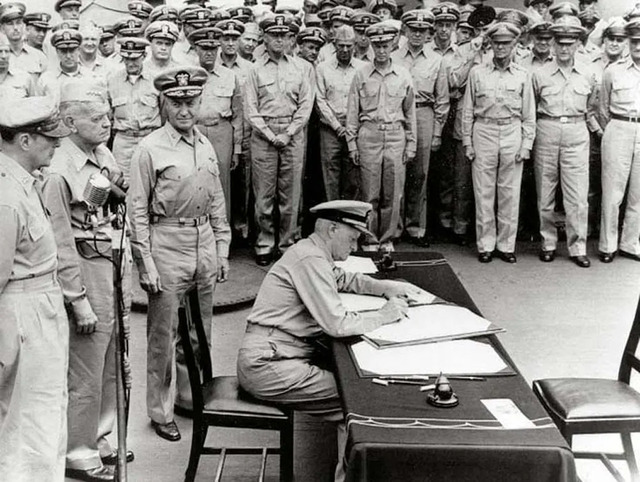
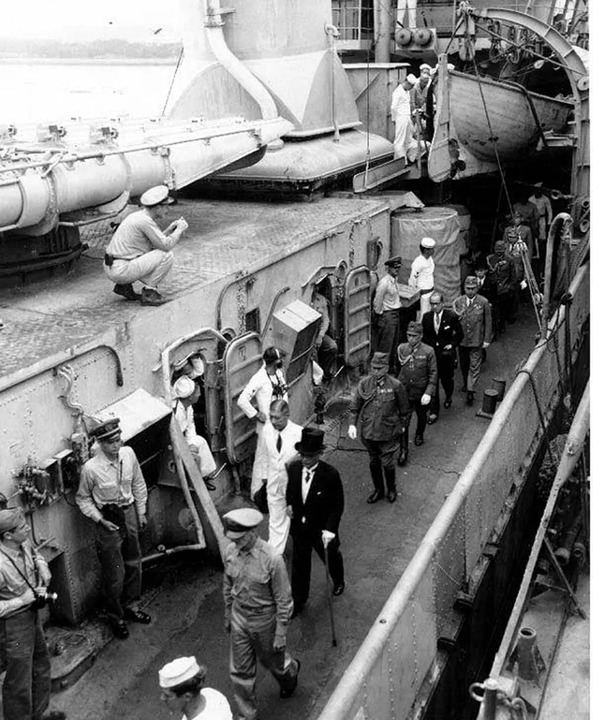
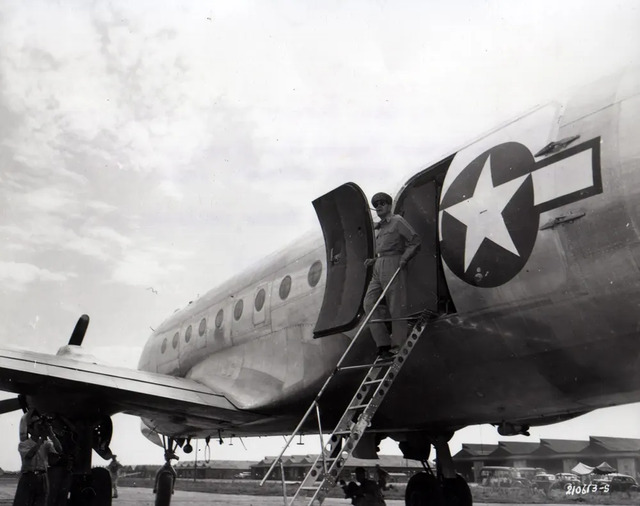

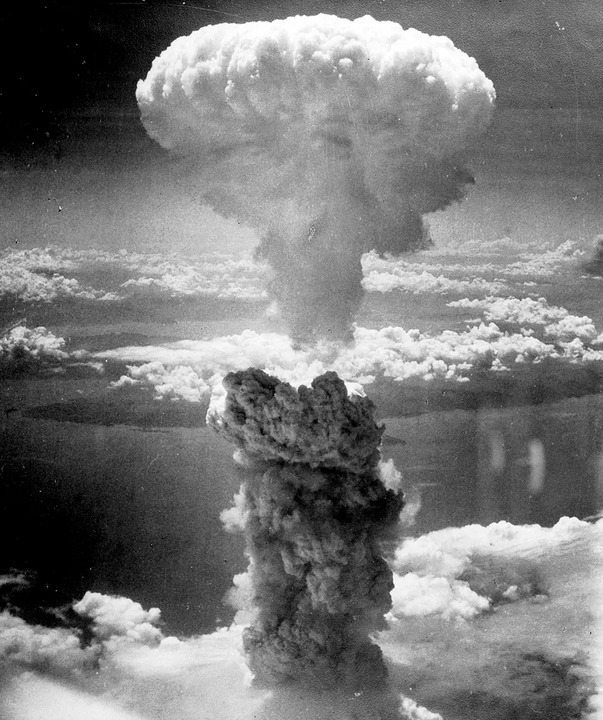
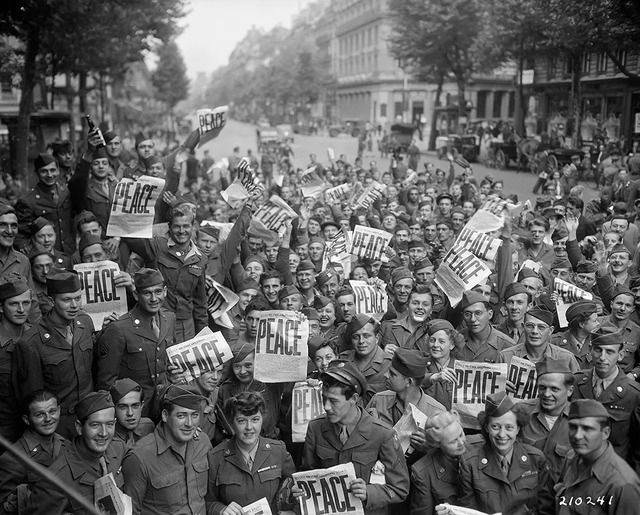



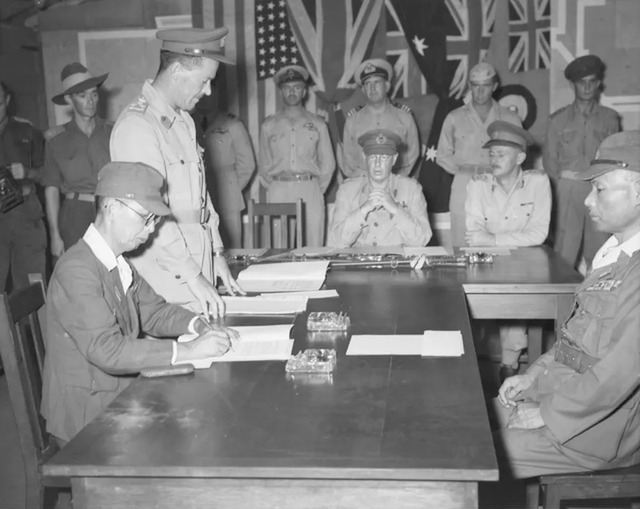
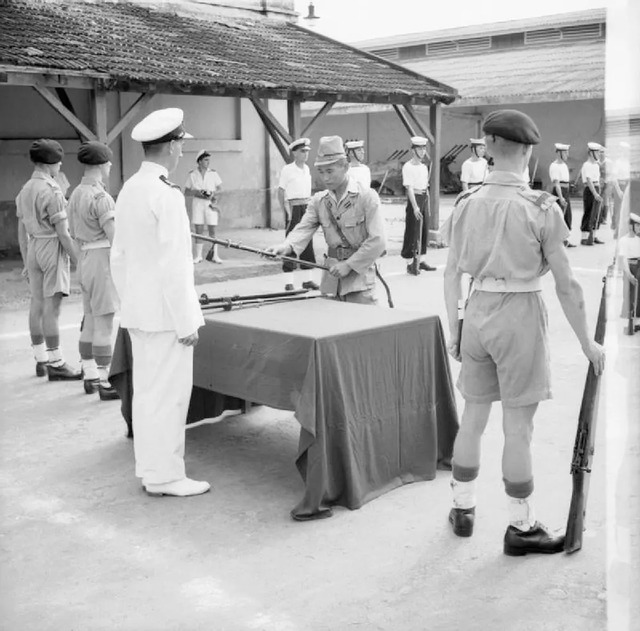

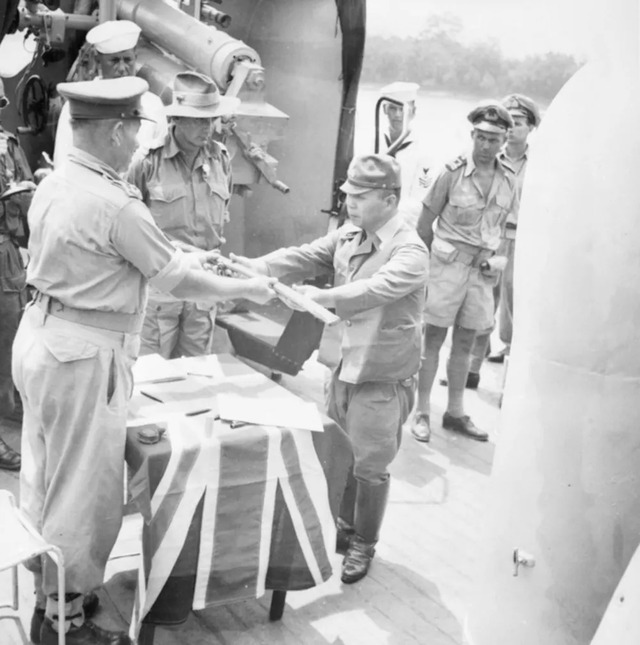
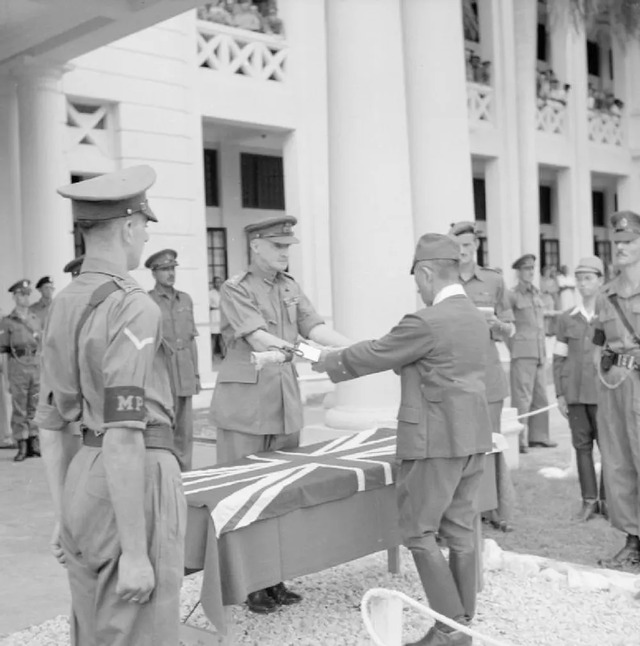
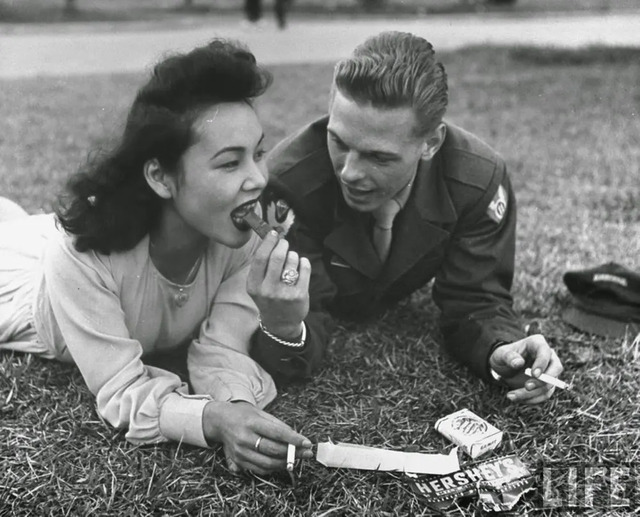
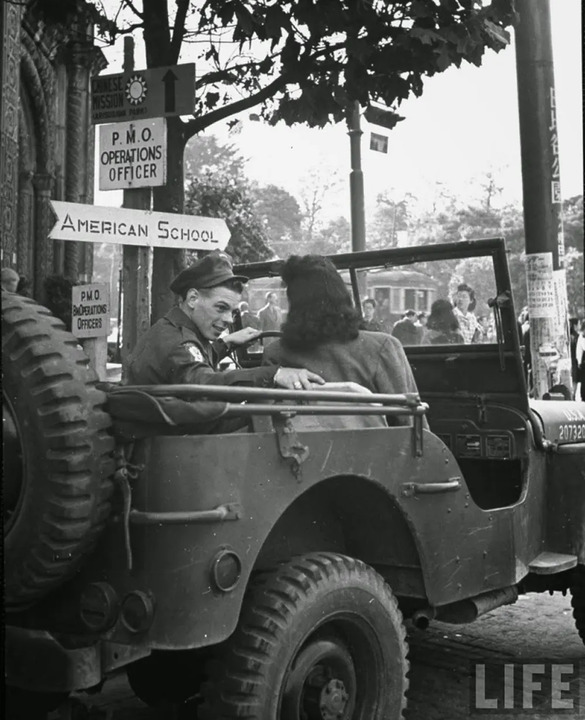
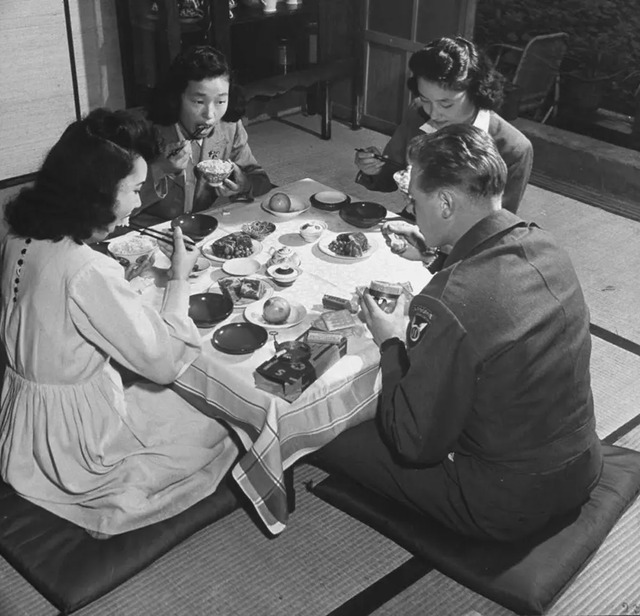
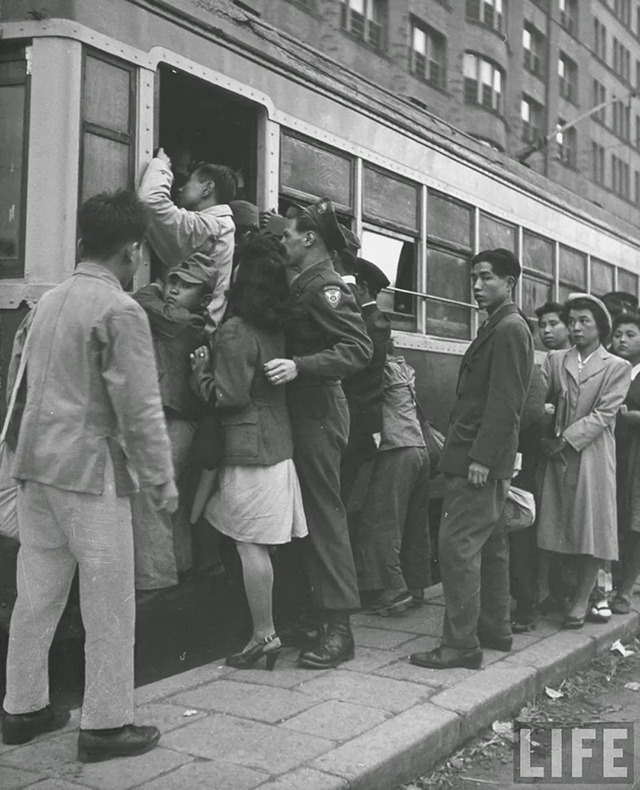
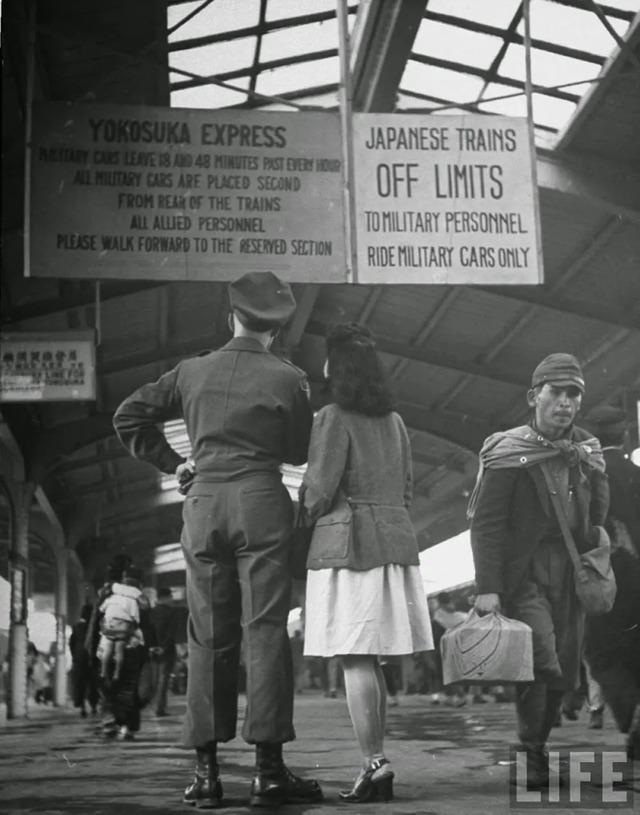
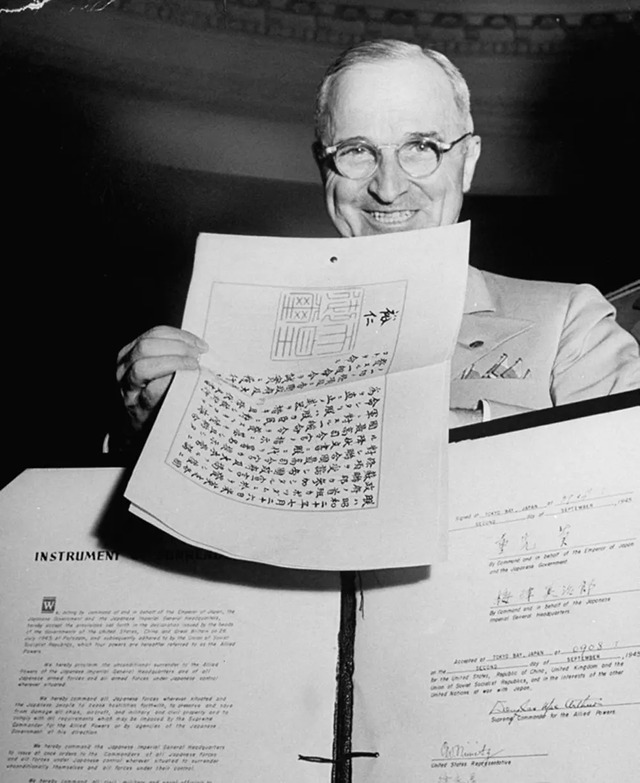
Conclusion: The Lasting Legacy of the Surrender
The surrender of Japan on September 2, 1945, marked the end of World War II and set in motion the rebuilding of a war-torn world. The images of that day, captured in photographs, provide a lasting legacy of a moment when humanity took its first steps toward global peace and reconciliation.
As we reflect on the surrender ceremony, it is essential to remember the tremendous sacrifices made by countless individuals during the war and to honor the lives lost in the conflict. The surrender represents not only the end of Japan’s military aggression but also the beginning of a new chapter in world history, one defined by the pursuit of peace and the efforts to rebuild a better future for all nations.
In conclusion, the photographs of the Japanese surrender ceremony offer a profound glimpse into the significance of the event. These historical images not only document the end of a brutal conflict but also symbolize the resilience of humanity and the hope for a more peaceful and just world.
Video
Watch this video showing the aftermath of Hiroshima in 1946, captured in a USAF film.
